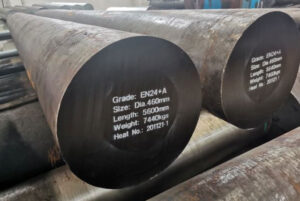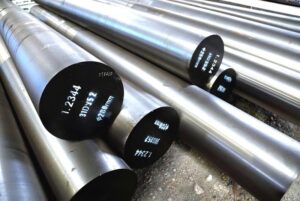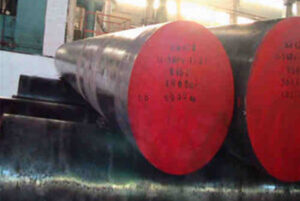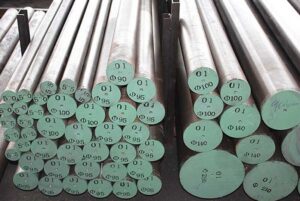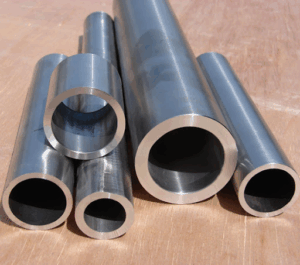Overview of Special Steel 304/304L
Special Special Steel 304/304L are among the most popular stainless steel grades used in various industries. Known for their exceptional resistance to corrosion and excellent formability, these grades are integral to many applications, from kitchen equipment to chemical containers. But what sets these steels apart? Why are they favored over other types? Let’s delve into the specifics of 304 and 304L stainless steel, exploring their chemical composition, mechanical properties, applications, and more.
Chemical Composition of Special Steel 304/304L
Understanding the chemical makeup of these steels is crucial. The composition impacts everything from strength to corrosion resistance. Here’s a breakdown of the elements in 304 and 304L stainless steel.
| Element | 304 (%) | 304L (%) |
|---|---|---|
| Carbon (C) | ≤ 0.08 | ≤ 0.03 |
| Chromium (Cr) | 18.0-20.0 | 18.0-20.0 |
| Nickel (Ni) | 8.0-10.5 | 8.0-12.0 |
| Manganese (Mn) | ≤ 2.0 | ≤ 2.0 |
| Silicon (Si) | ≤ 0.75 | ≤ 0.75 |
| Phosphorus (P) | ≤ 0.045 | ≤ 0.045 |
| Sulfur (S) | ≤ 0.03 | ≤ 0.03 |
| Nitrogen (N) | ≤ 0.10 | ≤ 0.10 |
The primary difference between 304 and 304L is the lower carbon content in 304L, which provides better weldability and reduces the risk of intergranular corrosion.
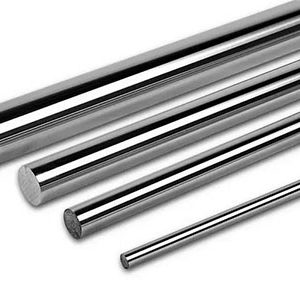
Mechanical Properties of Special Steel 304/304L
The mechanical properties of stainless steel determine its suitability for various applications. Here’s a detailed comparison of the mechanical characteristics of 304 and 304L stainless steel:
| Property | 304 | 304L |
|---|---|---|
| Tensile Strength (MPa) | 515-620 | 485-620 |
| Yield Strength (MPa) | 205 | 170 |
| Elongation at Break (%) | 40 | 40 |
| Hardness (Brinell) | ≤ 201 | ≤ 201 |
| Hardness (Rockwell B) | ≤ 92 | ≤ 92 |
| Modulus of Elasticity (GPa) | 193-200 | 193-200 |
304L’s lower yield strength is compensated by its superior weldability, making it ideal for applications involving extensive welding.
Applications of Special Steel 304/304L
Stainless steel 304 and 304L are used across various industries due to their versatility and performance. Here’s a list of common applications:
| Application Area | Examples |
|---|---|
| Food & Beverage Industry | Equipment, storage tanks, processing plants |
| Chemical Industry | Reactors, pipes, tanks, and heat exchangers |
| Medical Industry | Surgical instruments, implantable devices |
| Construction Industry | Architectural paneling, railings, and fittings |
| Automotive Industry | Exhaust systems, trims, and decorative parts |
| Marine Industry | Boat fittings, shafts, and propellers |
Heat Treatment of Special Steel 304/304L
Heat treatment is essential for altering the properties of steel to suit specific applications. Here’s an overview of the heat treatment processes for 304 and 304L:
| Heat Treatment Process | 304 | 304L |
|---|---|---|
| Annealing | 1010-1120°C, air cool | 1010-1120°C, air cool |
| Stress Relieving | 450-600°C, air cool | 450-600°C, air cool |
| Solution Treatment | 1065-1120°C, rapid cool | 1065-1120°C, rapid cool |
Annealing enhances ductility and relieves internal stresses, while stress relieving minimizes warping during machining.
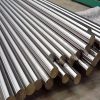
Suppliers and Pricing Details for Special Steel 304/304L
Finding reliable suppliers and understanding the pricing is critical for procurement. Here’s a list of suppliers and indicative pricing:
| Supplier | Location | Price Range (per kg) |
|---|---|---|
| Thyssenkrupp | Global | $3.00 – $4.50 |
| Outokumpu | Global | $3.10 – $4.60 |
| Acerinox | Global | $2.90 – $4.40 |
| Jindal Stainless | India | $2.80 – $4.30 |
| Aperam | Global | $3.20 – $4.70 |
Prices vary based on market conditions, quantities, and specific requirements.
Advantages and Disadvantages of Special Steel 304/304L
Every material has its pros and cons. Let’s compare the advantages and disadvantages of 304 and 304L:
| Aspect | 304 | 304L |
|---|---|---|
| Corrosion Resistance | Excellent | Slightly better in certain conditions |
| Weldability | Good | Superior due to lower carbon content |
| Strength | Higher yield and tensile strength | Slightly lower yield strength but similar tensile strength |
| Cost | Moderate | Similar to 304, occasionally slightly higher |
| Machinability | Good, but work hardens quickly | Similar to 304, benefits from lower carbon content |
304L’s improved weldability and reduced risk of intergranular corrosion make it preferable for welded structures.
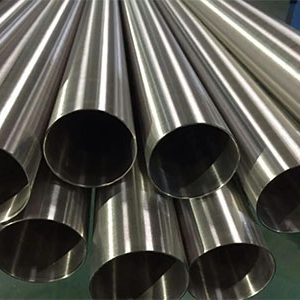
FAQs
| Question | Answer |
|---|---|
| What is the main difference between 304 and 304L? | The main difference is the carbon content; 304L has a lower carbon content, making it better for welding applications. |
| Can 304 and 304L be used interchangeably? | Generally, yes, but 304L is preferred for welding due to its lower carbon content. |
| How does the price of 304/304L compare to other stainless steels? | 304/304L are moderately priced, typically more affordable than higher alloyed grades like 316. |
| What are the common forms of 304/304L available? | Sheets, plates, bars, pipes, and tubes are common forms available in the market. |
| Is 304L always better than 304? | Not necessarily; it depends on the application. 304L is better for welding, but 304 might be preferable in applications requiring higher strength. |
Conclusion
Special Steel 304 and 304L are incredibly versatile and widely used across various industries due to their excellent properties. Understanding their chemical composition, mechanical properties, applications, and other critical factors can help in making informed decisions. Whether you’re choosing materials for construction, food processing, or any other industry, 304 and 304L stainless steels offer reliable performance with their unique advantages.
Remember, selecting the right material goes beyond just understanding its properties—it involves considering the specific needs of your application, the environment in which it will be used, and the economic factors involved. With this comprehensive guide, you’re now better equipped to make that decision. Happy material selecting!

